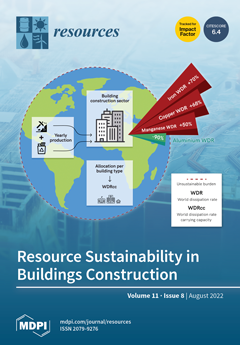The northwestern highlands of Ethiopia are characterized by severe land degradation and apparently low agricultural productivity. This situation is continuously threatening the livelihoods of smallholder farmers who mainly sustain their living from the cultivation of annual crops. In recent years, however, smallholder farmers
[...] Read more.
The northwestern highlands of Ethiopia are characterized by severe land degradation and apparently low agricultural productivity. This situation is continuously threatening the livelihoods of smallholder farmers who mainly sustain their living from the cultivation of annual crops. In recent years, however, smallholder farmers have started converting their croplands to plantations of
Eucalyptus, a non-native tree species to Africa, for its rewarding economic contributions. In this study, we aggregated data from 388 smallholder
Eucalyptus growers located in three agroecology zones (onwards called farm typologies). We measured the economic impact of
Eucalyptus succession on croplands using a farm household model which is provided in the GAMS (General Algebraic Modeling System) platform. The results of the model varied between farm typologies and showed that households’ gross margins increased with a corresponding increase in the conversion of croplands. Results also showed that gross margins from plantations of
Eucalyptus were higher than that of cultivation of food crops. Furthermore, evaluation of farm portfolios indicated a higher benefit-cost ratio (BCR) for the plantation of
Eucalyptus. We concluded that the conversion of croplands in the study area is an incentive-driven process in a dynamic farming system, which strongly demands bringing policy-emanated livelihood alternatives. With this arena, the expansion of
Eucalyptus is recommended for lands of terrain features, high marginality and low suitability for the cultivation of food crops and setting aside fertile arable lands. We generalized that an increase in
Eucalyptus plantation pays off given the implementation of proper land resource management and the apparent impacts of
Eucalyptus on biodiversity and cultural landscape is managed with sustainability perspectives. However, it demands collaborative policy efforts that can especially meet socioeconomic, environmental and public interests.
Full article





